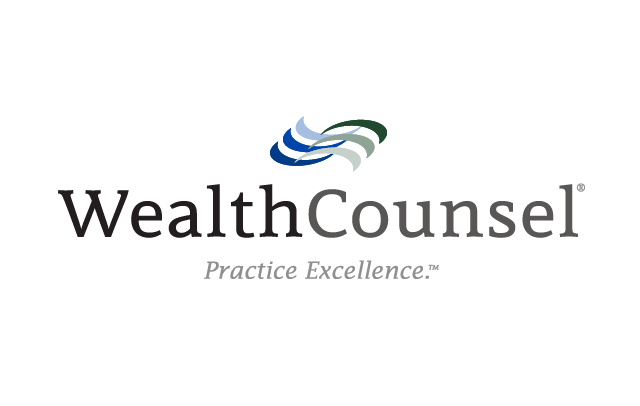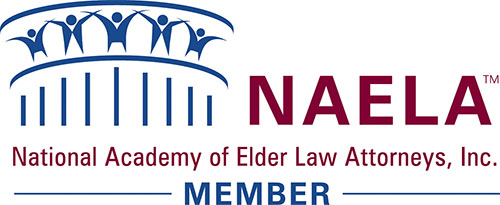According to the National Center for Education Statistics, in the 2018–2019 academic year, the average tuition and fees for a public four-year institution were $9,200; $35,800 for a private nonprofit four-year institution; $3,700 for a public two-year institution; and $18,400 for a private nonprofit two-year institution. If postsecondary education is in your family’s future, including any of the following tools in your estate plan can be an excellent way to help provide for education needs.
Health and Education Exclusion Trust
A health and education exclusion trust (HEET) is an irrevocable trust tailored to help you avoid paying gift and generation-skipping transfer (GST) taxes on tuition and medical care expenses for individuals two or more generations younger than you (grandchildren, great-grandchildren, etc.). Tuition payments made from a HEET directly to an educational institution on behalf of one of these beneficiaries are not subject to gift tax. These payments, if made on behalf of a “skip person” from a non–GST tax-exempt trust are not subject to the GST tax. However, in order to qualify for these benefits, at least one trust beneficiary must be a charitable organization with a significant interest. This can be a great option if you are charitably inclined and want to provide education assistance for multiple generations.
Irrevocable Gifting Trust
Using either the annual gift tax exclusion or lifetime gift tax exemption, an irrevocable gifting trust holds and invests property for your chosen beneficiaries for a variety of purposes, not just education. If you want to use the annual gift tax exclusion to shelter gifts to the trust for gift tax purposes, you will need to include a Crummey power. A Crummey power is a technique that allows your beneficiary to receive a gift that would not usually be eligible for gift tax exclusion but makes the gift eligible. To accomplish this, after each annual gift is made, your beneficiary must be given an opportunity to withdraw the amount that was gifted. However, the beneficiary will often leave the money in the trust to ensure that you will keep making the annual gifts according to the original plan. You can stop making gifts at any time.
Provision in a Revocable Living Trust
If you already have an existing revocable living trust, including a provision for the payment of your child’s or grandchild’s education expenses can be an easy way to help even if you pass away before the education is completed. Upon your passing, the money will be available to be used as you have directed. One benefit is that during your lifetime, you can change the trust provisions as often as you like. Additionally, you can determine how the money should be used. Your definition of education expenses can be as broad or as narrow as you want, and not all of the money in the trust has to be used for education expenses.
Revocable Education Trust
A revocable education trust provides substantial flexibility, as it allows you to set up a trust, act as a trustee, and make distributions for your chosen beneficiary’s education, but it can be revoked or revised if the funds are needed for other purposes or if the beneficiary does not attend college. It will not provide the tax benefits of other trusts or education plans, but it may be a better option if flexibility is a priority.
529 Plans
A 529 plan is a savings plan that provides tax advantages designed to encourage people to save for their child’s or grandchild’s future education costs. There are two types of 529 plans: prepaid tuition plans and education savings plans.
Prepaid Tuition Plan
A prepaid tuition plan allows you to purchase units or credits for your beneficiary’s future tuition and mandatory fees in advance at the current prices, helping to avoid paying the higher costs that likely will be charged in the future. These plans are usually available only for public and in-state colleges, cannot be used for room and board, and cannot be used to prepay tuition for elementary and secondary schools. If the beneficiary later decides to attend a private college or university, prepaid funds can be applied to tuition at most private postsecondary institutions.
Education Savings Plan
An education savings plan enables you to open investment accounts to save for any qualified higher education expenses. The funds can be used not only for tuition and fees, but also for college expenses such as room and board, computers, and software. This account can also be used to pay for education expenses at some international institutions. In addition, up to $10,000 can be used for elementary and secondary school tuition.
Coverdell Education Savings Account
A Coverdell education savings account (ESA) is a savings account used to fund qualified education expenses. Although the contributions are not deductible, the distributions and growth are tax-free as long as the funds are used for qualified education expenses. Unlike some other options, the Coverdell ESA can be used toward qualified education expenses for elementary and secondary education without a monetary cap. In contrast to a 529 plan, this program has an income limit (adjusted gross income must be less than $110,000, or $220,000 for those filing a joint return), as well as a contribution maximum ($2,000 per year per beneficiary).
Uniform Transfers to Minors Act and Uniform Gifts to Minors Act Accounts
The Uniform Transfers to Minors Act (UTMA) and Uniform Gifts to Minors Act (UGMA) accounts are types of trusts whereby a custodian manages money and property on behalf of the minor owner. However, unlike other types of trusts, UTMA and UGMA accounts do not require that any trust documents be prepared or that a court appoint a trustee. All of the required trust instructions are spelled out in the state’s statute. Until the minor reaches the age of majority (eighteen or twenty-one depending on the statute), the custodian must manage and use the funds for the benefit of the minor, which can include the payment of education expenses. However, once the owner reaches the age of majority, the money is turned over to the owner, who can choose how it is managed and spent.
Impact on Financial Aid
It is important to note that setting aside money for a child’s or grandchild’s education expenses may impact the ability to qualify for need-based financial aid. The identity of the account owner impacts whether the account must be disclosed on the Free Application for Federal Student Aid (FAFSA) and the weight it will be given in the need-based calculation. Additionally, most types of trusts must be reported on the FAFSA as an asset of the beneficiary.
We Are Here to Help
Working together with your financial team, we can craft a plan that accomplishes all of your family’s education goals and sets them up for the best possible future. We are available to meet in person or by video conference—please let us know what is most convenient.







